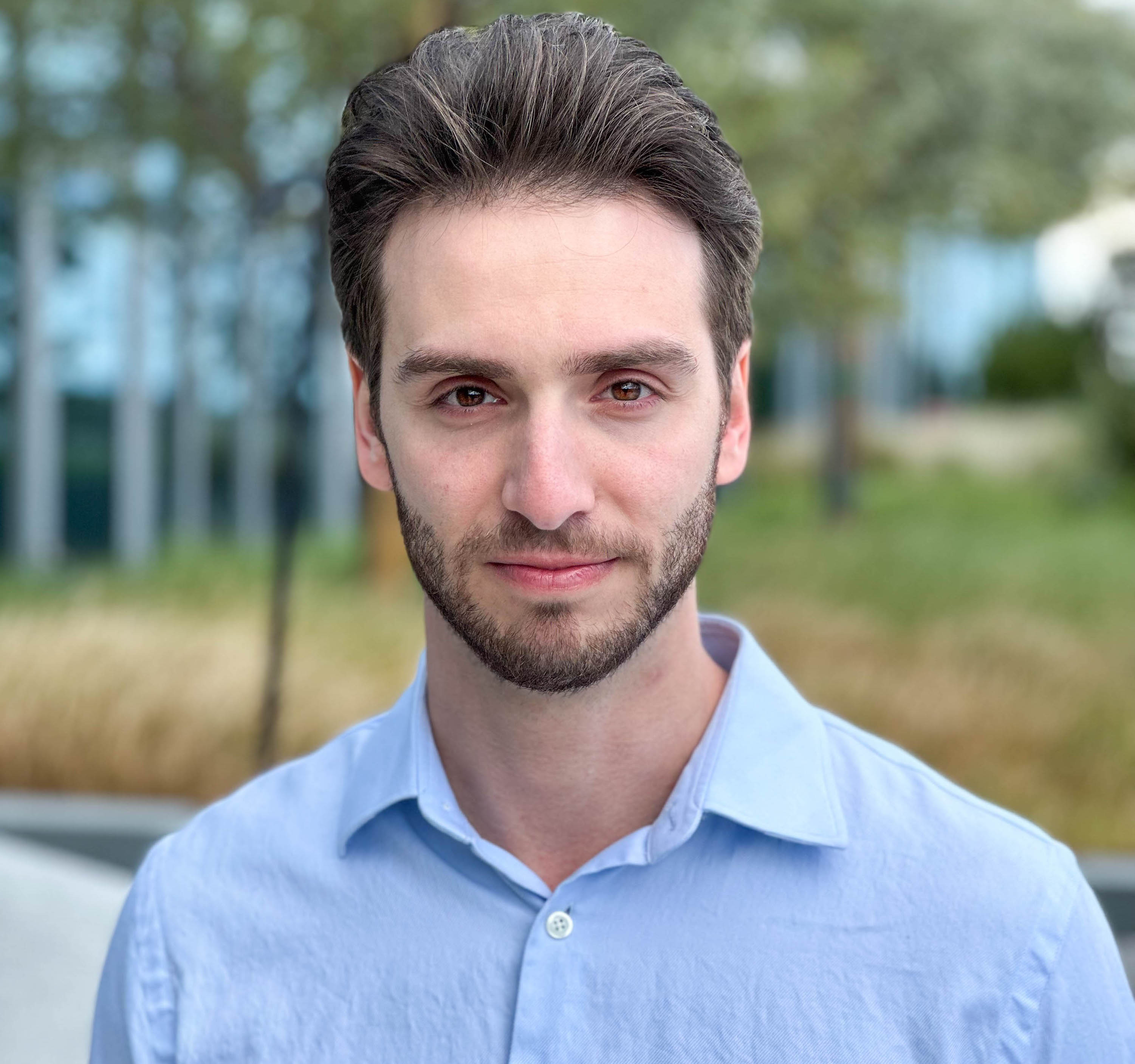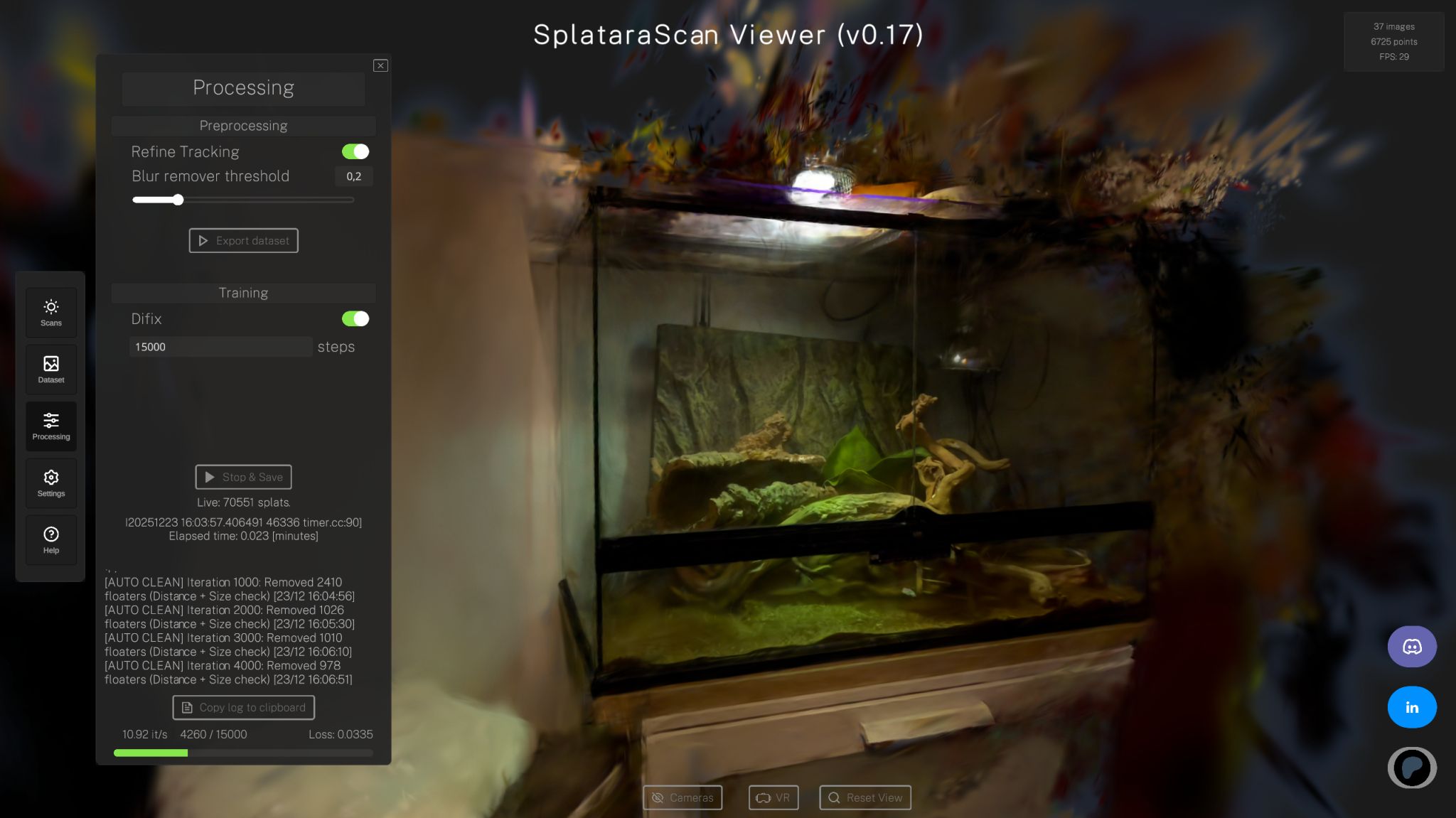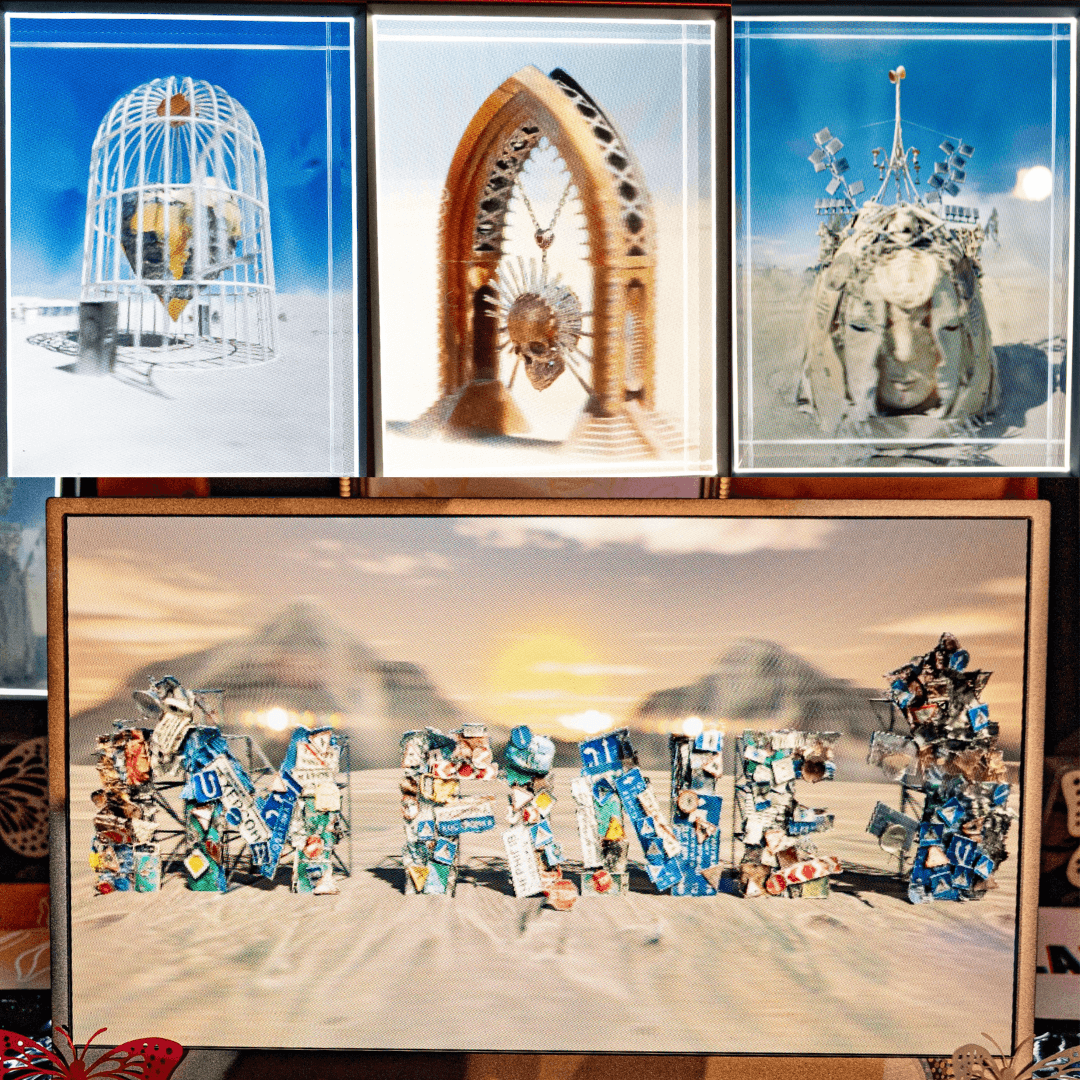
Michael Rubloff
Apr 10, 2025
From Bologna, Italy, a single M4 Macbook Mini is quietly reconstructing moments in time through a platform called Splatrograph, created by Mazeyar Moeini. Splatrograph is a lightweight but capable API that turns a set of images into lifelike 3D through the radiance field representation, 3D Gaussian Splatting.
No COLMAP setup, no configuring Microsoft Visual Studio or pesky CUDA drivers. Just 2D in, 3D out.
Splatrograph is built to be approachable. You don’t need to know the details of sparse point triangulation or view-dependent rendering to get started. If you’ve got a folder of images (say, of a banana), structure it like this:
To run Splatrograph, it’s a simple command:
The maximum upload size for COLMAP is 40MB for now, so you might want to downsample or pick your input images carefully.
Once the captures have been aligned with COLMAP, Splatrograph runs Arthur Brussee’s Brush under the hood, which is the best way to train 3DGS on a non NVIDIA device. The maximum upload size for Brush is 230mb currently. A short while later, you will receive a command that when copied and ran will download your ply file.
Mazeyar mentioned that his favorite feature is how the output from COLMAP including animations from Brush streams directly to the user’s terminal, just like it would if running locally. This makes debugging and watching the progress seamless.
As for the future of Splatrograph, Mazeyar plans to keep the API as cheap and accessible as possible. He also aims to support various radiance field representations such as NeRFs, RadFoam, EVER, and SVRaster. However, he anticipates that sponsorships and eventually investors will be necessary to build an enterprise worthy API.
Splatrograph is currently free to use and can be accessed on their website. If you have any questions you can reach out to Mazeyar on his website mazeyar.com







